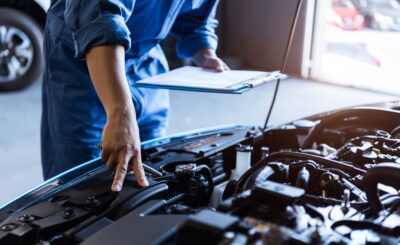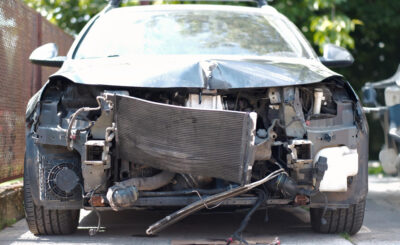There’s nothing completely like the sheen of a recently polished car, glistening earthly like a jewel transportable. Car polish, often misinterpreted as a mere beautiful indulgence, holds more meaning than meets the eye. Whether you’re a car enthusiast the one who enjoys spending weekends pampering your cab or someone the one wants to maintain your motor’s value, understanding the shadings of car polish can create a notable difference.
Let’s investigate the world of bus polish and uncover the reason it might just be the uncelebrated hero of bus care.
What Exactly is Car Polish?
In the realm of automotive care, bus polish plays a pivotal duty. Essentially, car polish is a brand used to remove surface flaws, like scratches and swirl marks, from the cab’s paintwork. Unlike wax, which primarily serves as a guarding layer, polish is devised to refine and boost the paint’s appearance.
Types of Car Polish
Here are a few common types you ability encounter:
· Compound Polish:
This is a heavy-duty performer, ideal for tackling deeper scratches and important paint defects. While effective, it demands careful management to avoid further damage.
· Finishing Polish:
Tailored for more delicate imperfections, this polish offers a gentler touch. It’s frequently used as an effect to compound polish, refining the results to a smooth finish.
· All-in-One Polish:
For those pursuing convenience, all-in-one polishes combine the benefits of both polishing and waxing. You can also visit shops for Auto Repair in Augusta, GA.
The Art of Polishing: Tips for Achieving the Best Results
Polishing your car is as much a cunning as it is a science. Here are a few tips to help you achieve that showroom shine:
· Preparation is Key:
Begin with a clean pickup. Washing off dirt and waste prevents supplementary scratches during the polishing process.
· Choose Wisely:
Select a polish that counterparts your vehicle’s needs. For minor blemishes, a perfecting polish might be enough, while older cars with meaningful wear might benefit from a compound polish.
· Test a Small Area First:
Before diving in, test the polish on a narrow, inconspicuous extent to gauge its effect and guarantee compatibility accompanying your car’s paint.
· Application Method:
While help polishing is an option, utilizing a dual-operation polisher can yield more regular results, especially for the best areas.
· Work in Sections:
Divide the auto into manageable divisions. This methodical approach guarantees thorough inclusion and prevents the polish from drying before it’s adequately processed.
· Buff, Buff, Buff:
After polishing, use a clean microfiber cloth to buff the surface. This step improves the shine and removes some leftover polish residue.
Conclusion: Beyond the Shine
So, the next time you present your car at a glance in the drive, consider that to some extent polish might just create all the difference.








